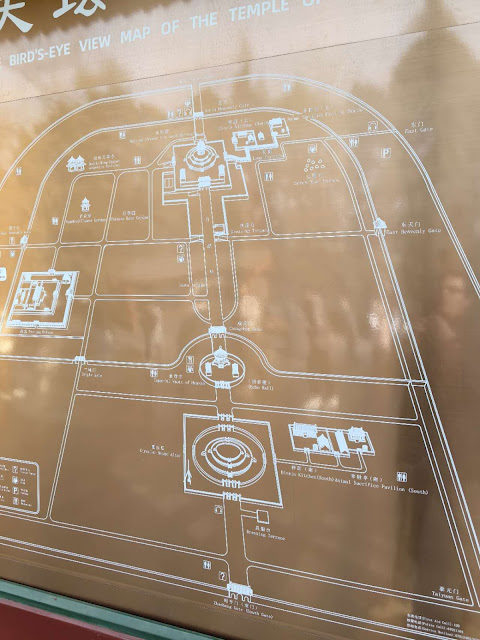Two things were clear as the plane from Beijing passed over Chongqing that afternoon in February. First, the place is massive. Second, it's very polluted. A hazy grey veil of smog lay above the seemingly endless landscape of high-rises and the rivers that flow through the city.
This first impression of sheer size and pollution proved to be accurate. As we walked around the mega-city in the evening, my throat was scratchy and both my chest and the skin on my face felt tight. It reminded me of my first visit to Beijing in 2007. They've cleaned their act up in the capital, so blue skies there are quite common now.
Not so in Chongqing! The rain came the next day, and with it low temperatures and even lower clouds. The pollution eased, but another reminder of Beijing in the noughties was omnipresent: men puffing away on cheap cigarettes. As a former smoker, I don't mind tobacco smoke, but the Chinese brands have a very strong and pretty foul aroma. It did occur to me, however, that it was no worse than the stench of the cannabis which is a feature of British streets these days, and at least it's legal!
Very little is old there, sadly. Chongqing served as the capital of China during World War Two, and was blitzed by Japanese bombers as a consequence. Tens of thousands were killed and there's a museum hidden in plain sight where you can learn about the destruction. The Nationalists carried out more bombings in the civil war.
The city planners went on a construction spree in recent decades. Buildings soar from the water's edge. Remarkably, the top floor of one of these edifices might correspond with ground level, because the city is built on such steep hills. This was the case with our hotel, where we exited the lobby on the twentieth floor and passed over a short bridge spanning a chasm that led to a small square.
At night the skycrapers near the water create a striking spectacle. They are lit up in blue, yellow, white and red, sometimes with advertisements for foreign companies like Pepsi and AXA, more frequently with illegible Chinese characters. The cost of this light show must be astronomical.
The best thing about Chongqing is the food. My favourite Chinese dish is Chongqing la zi ji (deep fried chicken with dried chillis), so I was excited to eat it in situ. I discovered, however, that in Chongqing itself this chicken dish can reach such levels of tongue-numbing heat that you simply can't eat it, no matter how many weak local beers you wash it down with.
We left Chongqing on a bullet train from a station that resembled an airport.







